Craft celebrating the launch of the 1st all-civilian mission to the ISS
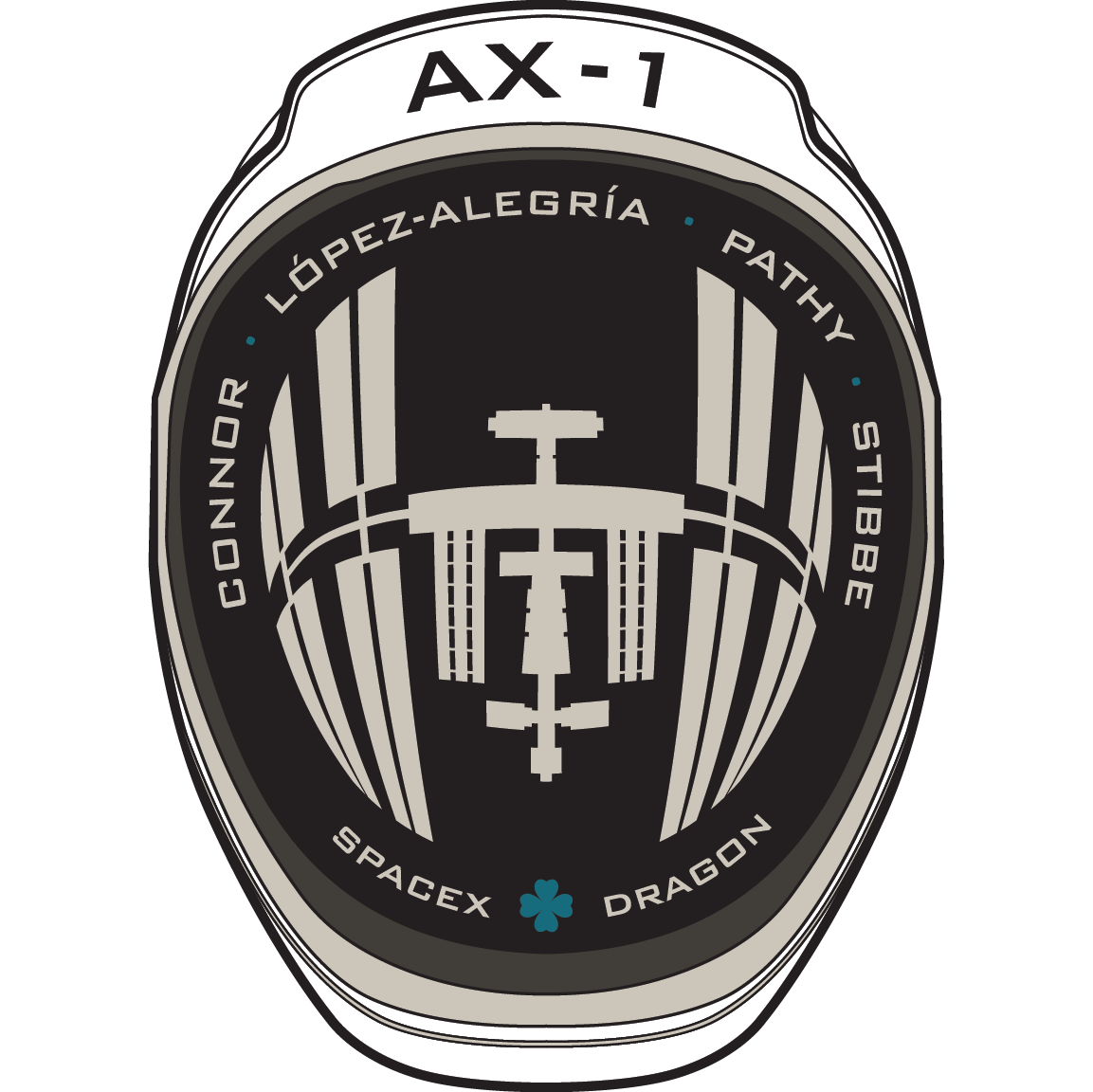
Mission - Axiom Space Mission 1 :
With SpaceX as the launch/mission provider and Axiom as the customer, the Ax-1 mission will mark the first fully private mission to the ISS. The four astronauts will launch in SpaceX’s Crew Dragon C206 Endeavour spacecraft–marking the first third flight of a Dragon 2 spacecraft.
The Ax-1 mission is a planned 10 day mission with eight days at the ISS, one day for ascend and docking, and one day for undocking and decent. Once docked to the ISS, the visitors will be on station with the Crew-3 astronauts Raja Chari, Thomas Marshburn, Kayla Barron, and Matthias Maurer and MS-21 cosmonauts Oleg Artemyev, Denis Matveev, and Sergey Korsakov.
Where is Crew Dragon Going? :
The International Space Station (ISS)
LEO orbit; ~400 km in altitude at a 51.6º inclination

Rocket: Falcon 9 Block 5 :
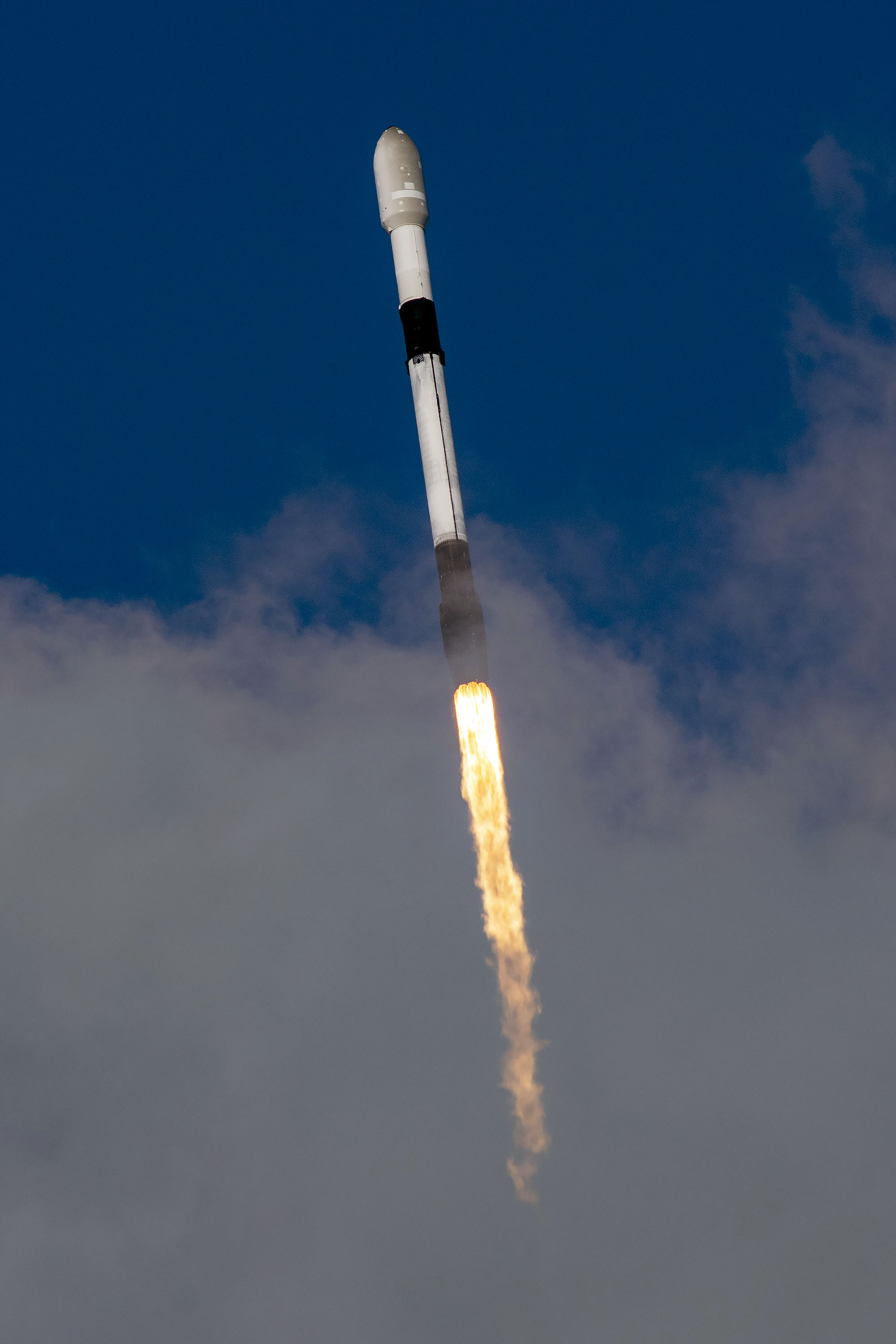
The Falcon 9 Block 5 is SpaceX’s partially reusable two-stage medium-lift launch vehicle. The vehicle consists of a reusable first stage, an expendable second stage, and, when in payload configuration, a pair of reusable fairing halves.
First Stage
The Falcon 9 first stage contains 9 Merlin 1D+ sea level engines. Each engine uses an open gas generator cycle and runs on RP-1 and liquid oxygen (LOx). Each engine produces 845 kN of thrust at sea level, with a specific impulse (ISP) of 285 seconds, and 934 kN in a vacuum with an ISP of 313 seconds. Due to the powerful nature of the engine, and the large amount of them, the Falcon 9 first stage is able to lose an engine right off the pad, or up to two later in flight, and be able to successfully place the payload into orbit.
The Merlin engines are ignited by triethylaluminum and triethylborane (TEA-TEB), which instantaneously burst into flames when mixed in the presence of oxygen. During static fire and launch the TEA-TEB is provided by the ground service equipment. However, as the Falcon 9 first stage is able to propulsively land, three of the Merlin engines (E1, E5, and E9) contain TEA-TEB canisters to relight for the boost back, reentry, and landing burns.
Second Stage
The Falcon 9 second stage is the only expendable part of the Falcon 9. It contains a singular MVacD engine that produces 992 kN of thrust and an ISP of 348 seconds. The second stage is capable of doing several burns, allowing the Falcon 9 to put payloads in several different orbits.
For missions with many burns and/or long coasts between burns, the second stage is able to be equipped with a mission extension package. When the second stage has this package it has a grey strip, which helps keep the RP-1 warm, an increased number of composite-overwrapped pressure vessels (COPVs) for pressurization control, and additional TEA-TEB.
Falcon 9 Booster
The booster supporting the Ax-1 mission is B1062-5. As the name implies, the booster has supported four previous missions, making Ax-1 its fifth flight. Upon successful landing, its designation changed to B1062-6.

Crew Dragon C206 Endeavour
The Crew Dragon supporting the Axiom Space Mission 1 is the first operational Crew Dragon: C206. This Dragon has previously supported the SpaceX Demonstration Mission 2 and USCV-2 missions; the spacecraft–whose name was announced shortly after the launch of DM-2–was named by Bob Behnken and Doug Hurley as a tribute to the hard work by the SpaceX and NASA teams.
Between Endeavour’s first and second flights (DM-2 and Crew-2, respectively) it underwent a large amount of refurbishment and upgrades. These included upgrades to its abort system, upgrades to the structure of Dragon, and replacing the heatshield after slightly higher than expected rates of heat-shield erosion.
Following the Crew-2 mission, Endeavour was recovered from the Gulf of Mexico on November 9, 2021 by GO Navigator. It was then taken to SpaceX’s Dragon Land–the place where SpaceX refurbishes Dragons. This process took longer than usual due to the large amount of leaked urine, which was trapped under Dragon’s floor boards when the urine collection system leaked after a tube failure. To ensure this problem doesn’t happen again, SpaceX switched to welding the tube instead of gluing it.
Besides the change to the waste management systems, the rest of the refurbishment was light: the critical main components of Dragon have held up very well.

————————————
Craft Notes:
FULLY AUTOMATED LAUNCH, LANDING & DEPLOY SEQUENCES.
a. Set Launch Inclination (in this case : 53º )
b. (Throttle 100%)
DO NOT TOUCH ANYTHING POST THISMultiple Pad and Rocket Camera setups
- Preprogrammed Vizzy for Launch and circulation phases (201 x 201 km orbit)
- Landing back at LZ-1
- Preprogrammed deployment of Dragon 30s after final burn.
————————————
Credits:
Predecessor Craft & Vizzy by iSpace - Beta Auto-Reuse [v2][0.9.610+]
Modifications to Rocket, Space-craft and Vizzy by OrbiteX
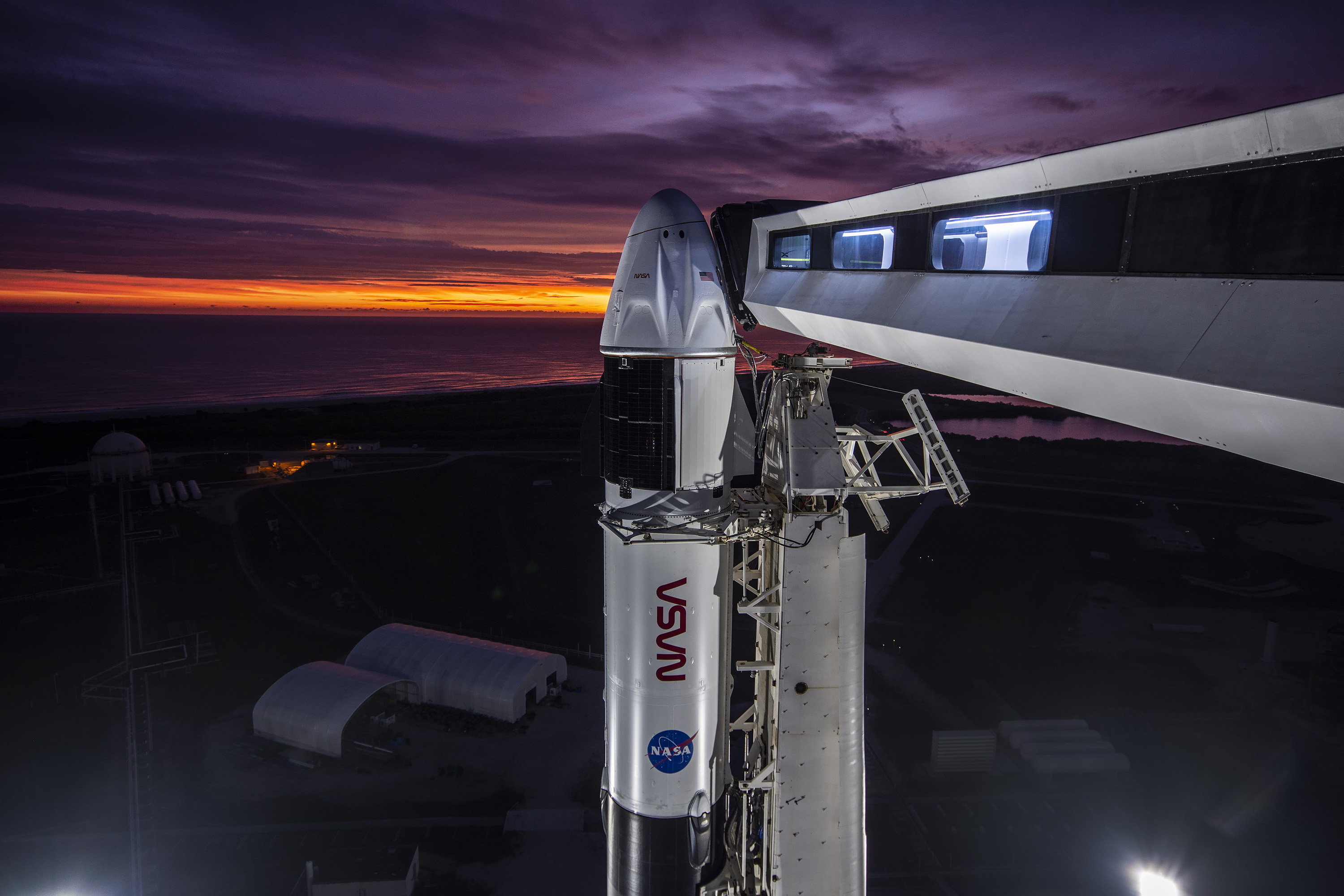
GENERAL INFO
- Predecessor: Falcon 9 Block 5 | CSG-2 (Auto Orbit w/ Landing)
- Created On: Mac
- Game Version: 0.9.906.0
- Price: $53,478k
- Number of Parts: 409
- Dimensions: 68 m x 31 m x 93 m
PERFORMANCE
- Total Delta V: 9.3km/s
- Total Thrust: 9.5MN
- Engines: 18
- Wet Mass: 7.89E+5kg
- Dry Mass: 3.24E+5kg
STAGES
| Stage | Engines | Delta V | Thrust | Burn | Mass |
|---|---|---|---|---|---|
| 1 | 9 | 2.5km/s | 7.9MN | 3.1m | 7.89E+5kg |
| 4 | 1 | 6.9km/s | 1.2MN | 5.8m | 1.24E+5kg |
7 Comments
- Log in to leave a comment
-
0 philcart2.3 years ago
Makes it seems so easy. How come NASA and SpaceX have trouble :)
One question though. Is it possible to control the throttle when the second stage is re-entering the atmosphere? When I try using the throttle, nothing happens.
On the flight I just did (no payload) it was coming down with more than 50% fuel remaining and it seemed a shame that I couldn't try (and probably fail) to land it. -
0 Manuel12+1 3.3 years ago
i like a casino automatic re-entry, but i don't know if it's a programming error i have my game about 40 meters above the ground closes the wings.
-
-
-
-

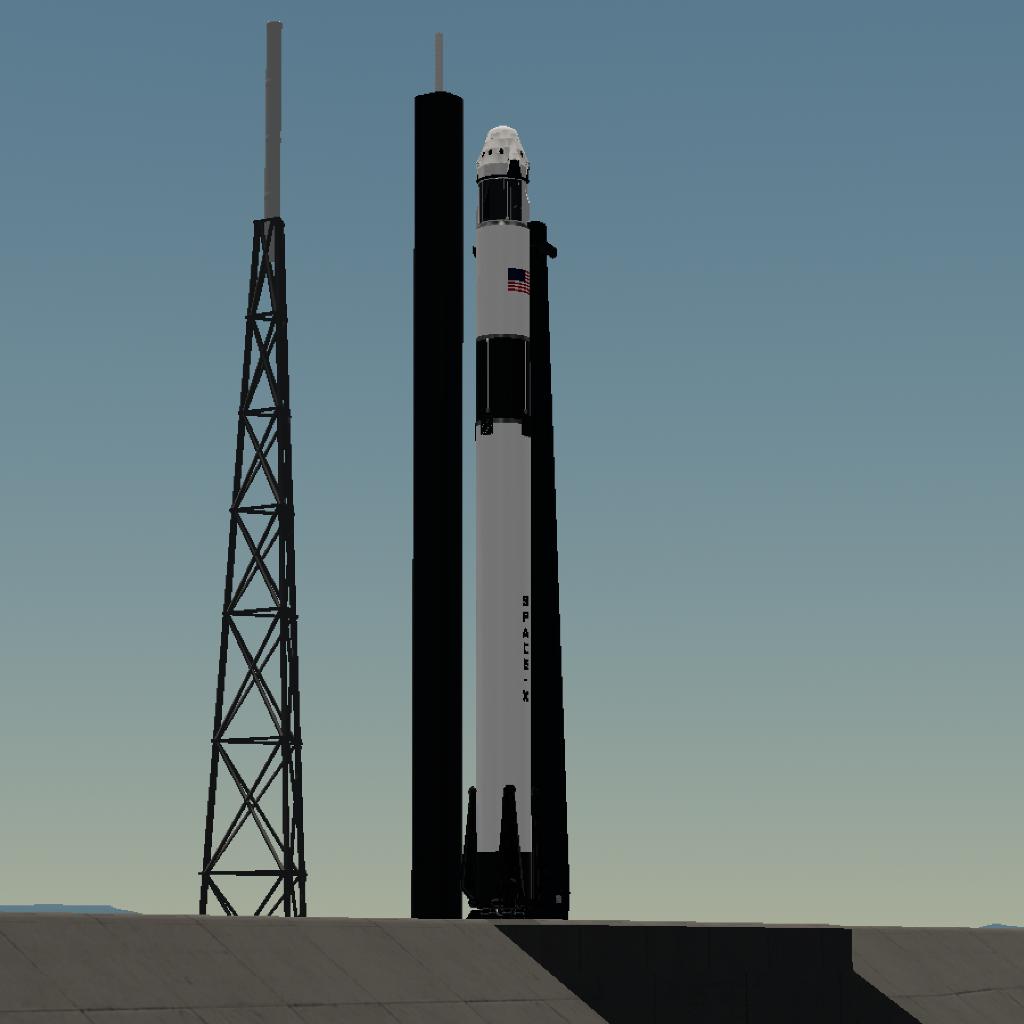
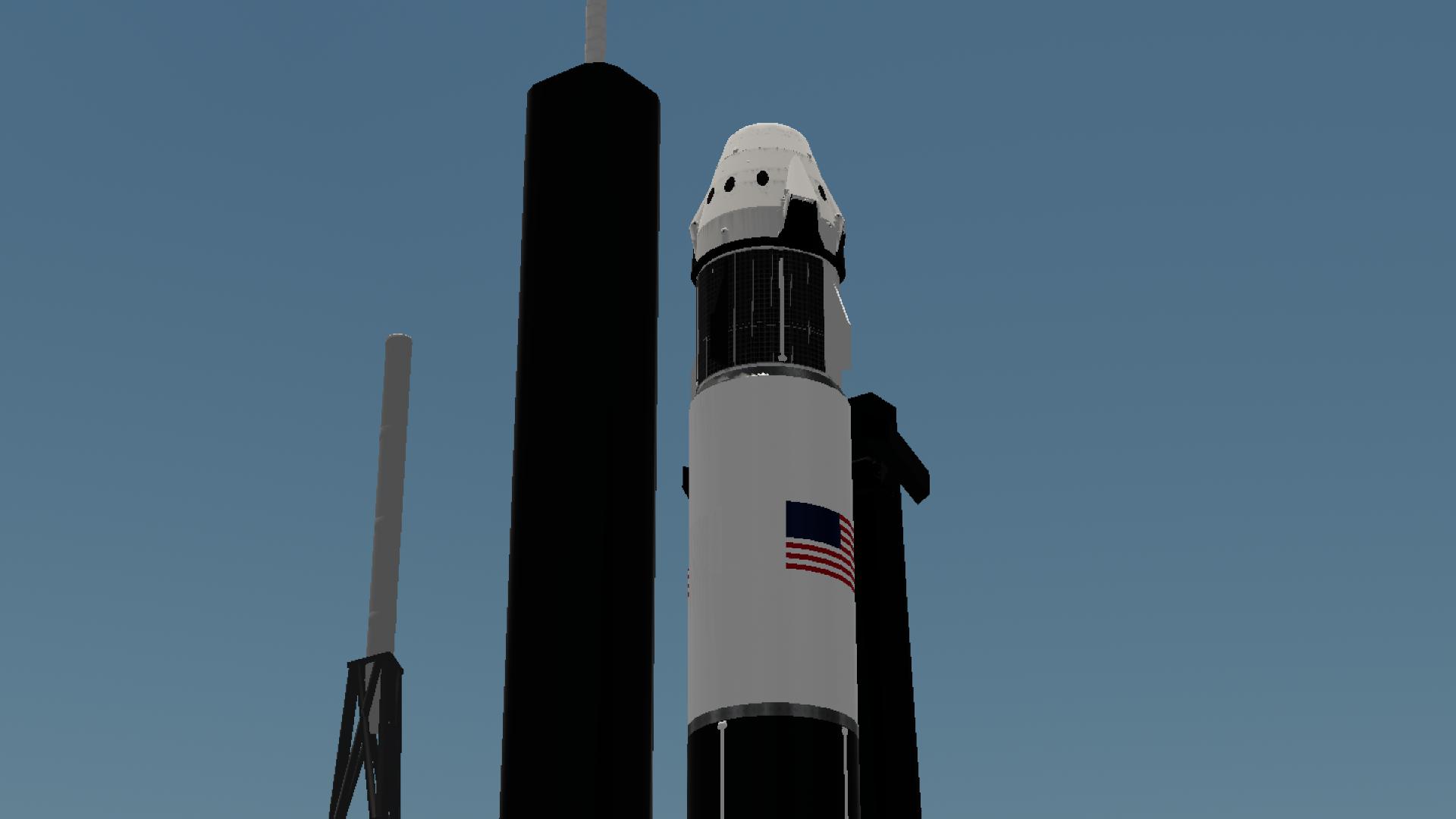
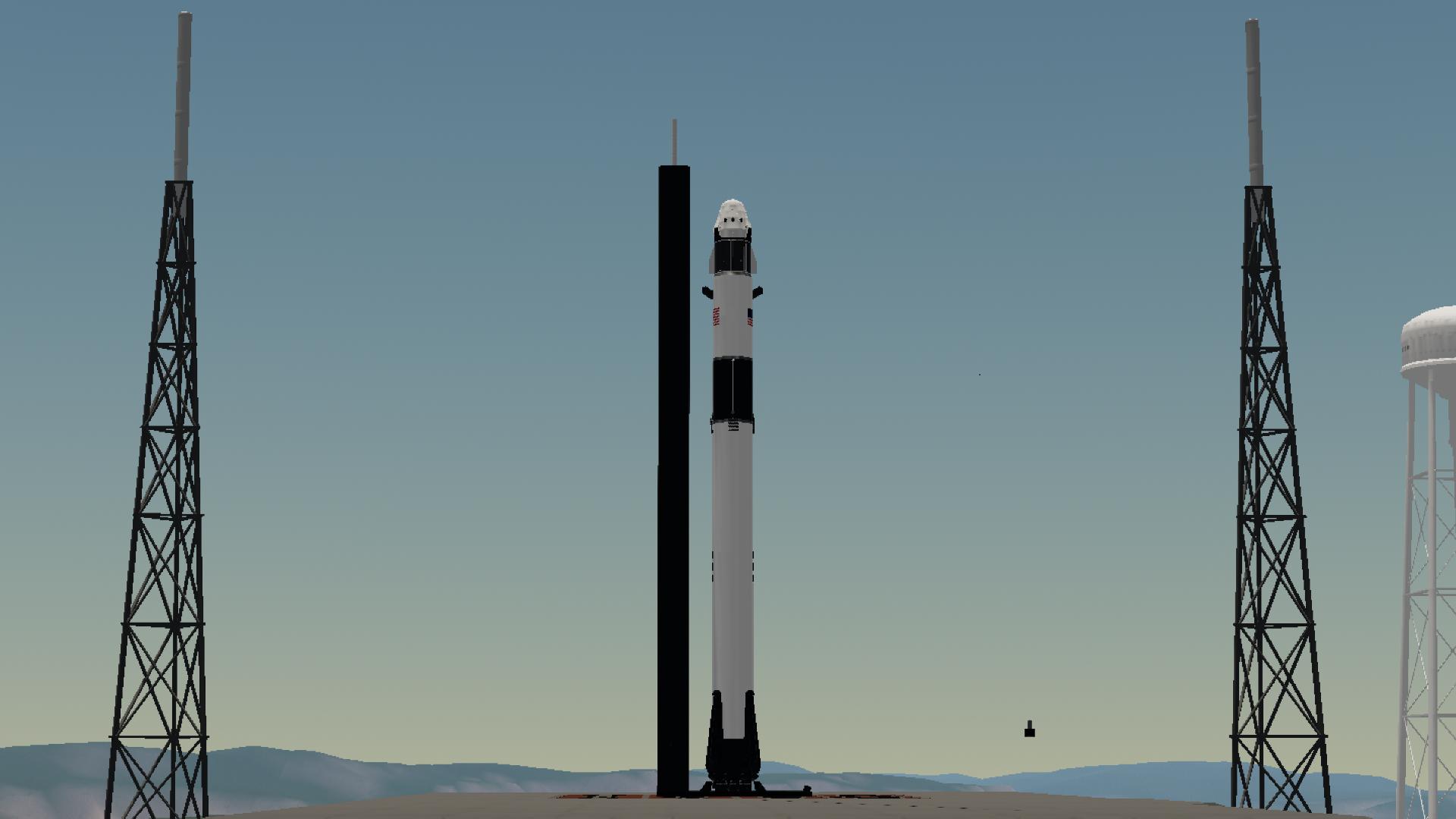
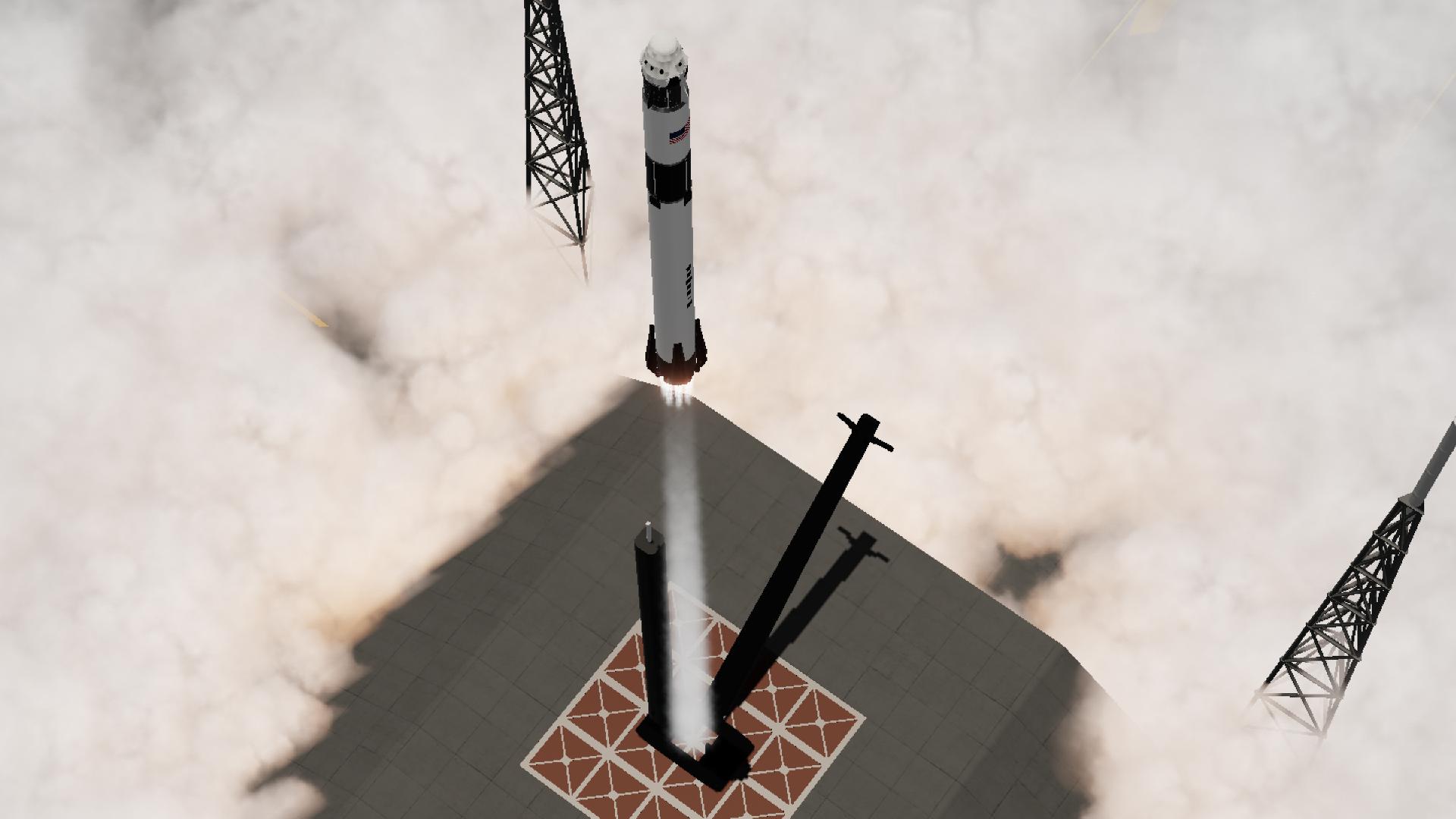
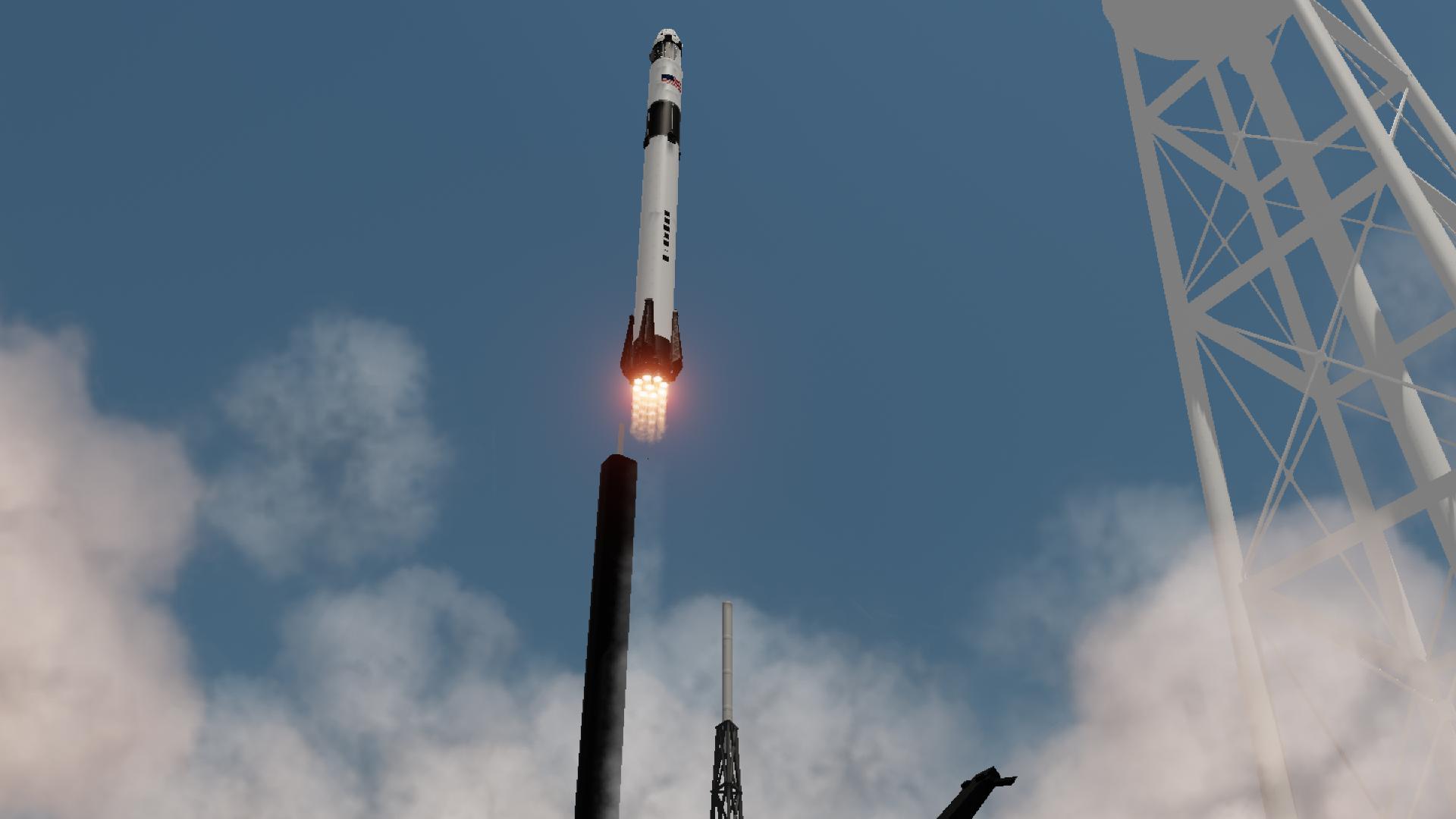
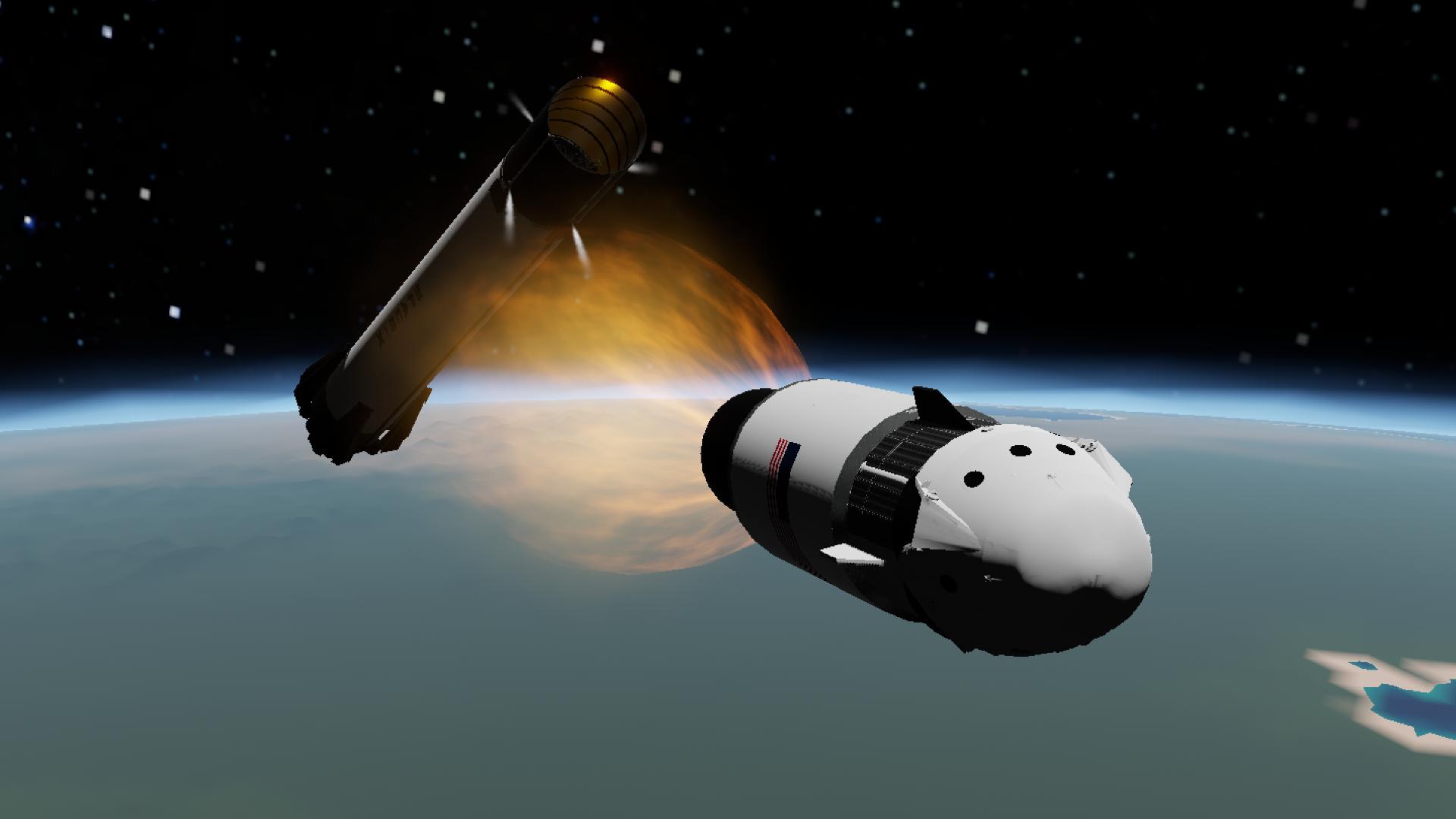
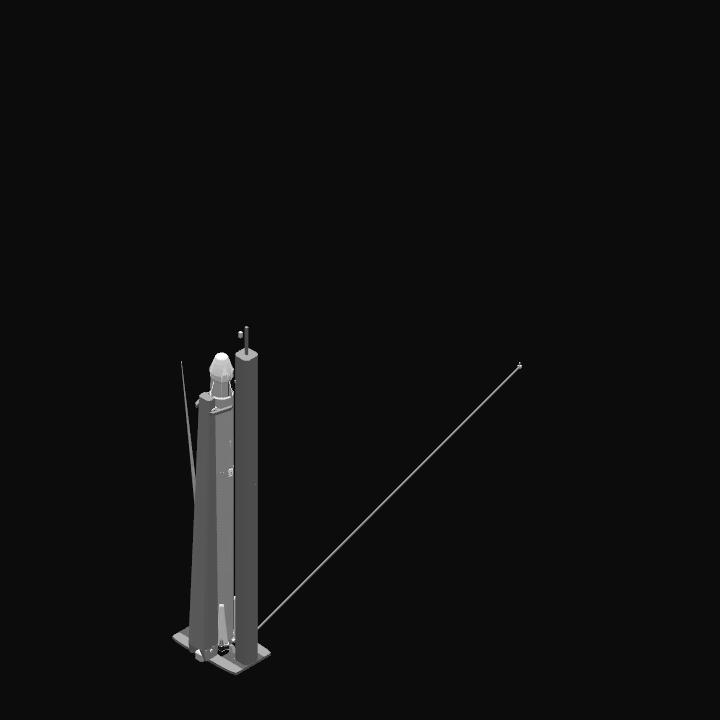


A guy from my school went in Axiom 4.